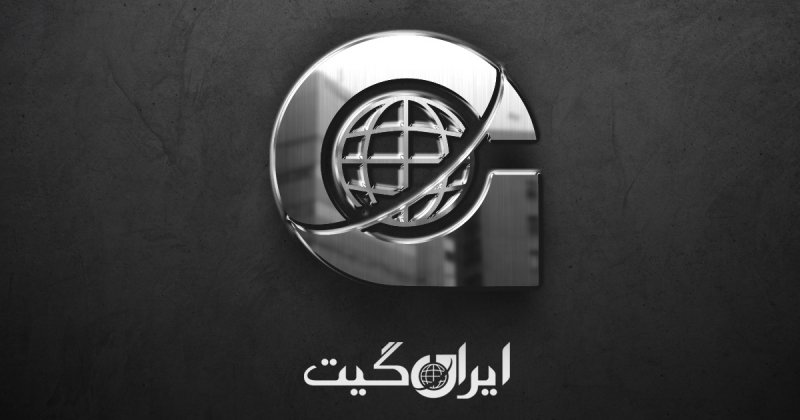Biased analysis lacks credibility
Biased analysis lacks credibility
Bias, whether intentional or unintentional, is a constant challenge for journalists and analysts. Bias enters the analysis and reporting process through three main ways.
First, through the flow of information or source bias; second, through the personal ideals of the analyst; and third, through methodological and analytical processes, which is referred to as cognitive bias.
Analysts can reduce the impact of bias on their work through awareness and the application of appropriate techniques, but the reality is that bias never completely disappears and can only be reduced in severity.
Awareness is the most important issue and the starting point.
All information, whether intentional or accidental, has bias.
The choice of what to report is itself considered a form of bias.
Because in this process, the writer of the analysis or report prioritizes one section of information over another and considers them more important, or connects different pieces of information with a specific implicit relationship that they prefer.
An easy step to reduce the risk of source bias is to use multiple sources for obtaining information.
This corrective process can include reviewing how newspapers with different political orientations report on an incident, ensuring the acquisition of information and observations from various local or national perspectives, and comparing field reports with those compiled by external sources.
By tracking sources over time, a journalist or analyst can understand what type of information from a specific source is more or less reliable and how to interpret the choice and focal point of the report to better understand the main details apart from the report’s orientation.
Receiving information from the primary source also helps in identifying and reducing how information changes and evolves in the narrative process.
Usually, information undergoes changes and transformations after being published from the primary source during the redistribution process because media biases are repeatedly applied to them, so primary sources always hold importance.
For example, to understand the developments in Balkan countries, the best approach is to monitor the news of these countries through local sources and newspapers.
This is especially important for the use of quotes.
In quotes, the context of opinions is often as important as the words themselves.
By placing information in its context, a journalist and analyst will be able to better evaluate how to interpret information, whether from direct first-person sources, social or traditional media, or government sources.
Personal bias belonging to journalists and analysts occurs both consciously and unconsciously.
Conscious bias is easily identifiable in many ways because it is intentional.
A good practice for this category of analysts and journalists is to always think not only about what they believe should have happened but also about what might have happened.
This practice helps them gradually set aside their personal preferences, see different aspects of an event, and have a more objective evaluation of the event.
The work of every journalist and analyst is a product of their lived experiences.
These experiences will sometimes infiltrate their output without them even knowing.
Every journalist and analyst possesses a different set of characteristics and level of knowledge, which they utilize when analyzing new information and trends. One way to break this barrier is to collaborate with other journalists and analysts.
Other colleagues have different backgrounds and lived experiences, which allows for a larger set of perspectives to be obtained through collaboration, minimizing the risk of definitive conclusions based on limited resources.
One technique used by some of the world’s major think tanks to free analysts from bias is to group analysts not just based on personal background but on different areas of expertise, and sometimes assign a non-specialist to ask seemingly silly questions often based on outdated assumptions.
This work allows the analyst to occasionally break free from the shell they have built based on their mindset and mental preferences.
In addition, analysts should have a strong set of relationships and exchanges of ideas and information outside their workplace to benefit from different perspectives that can challenge their internal thinking and evaluations.
In general, to manage bias in journalism and media analysis work, media outlets and think tanks should focus on structured techniques and actively pursue combating cognitive bias.
Simple techniques include multiple historical analogies, holding editorial meetings in newsrooms to align different aspects of an event, utilizing brainstorming sessions in an organized and purposeful manner, and establishing structures and mechanisms for idea generation as ways to combat bias.
More complex techniques, such as returning to zero-based analysis, which means eliminating pre-existing assumptions to determine whether there are alternative methods for evaluating a situation or trend, and empathetic analysis and reporting, which means evaluating what shapes the thoughts and behaviors of international actors rather than reflecting one’s own views in the text, are among the techniques to combat cognitive biases.

